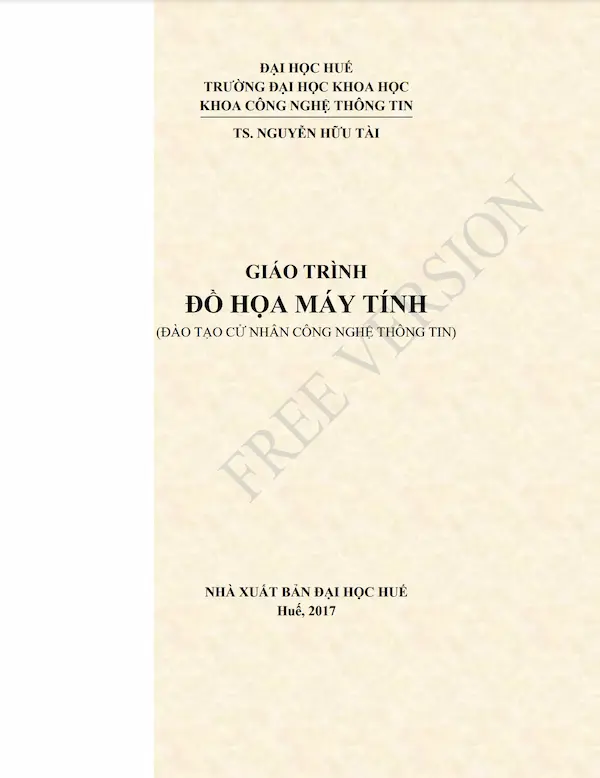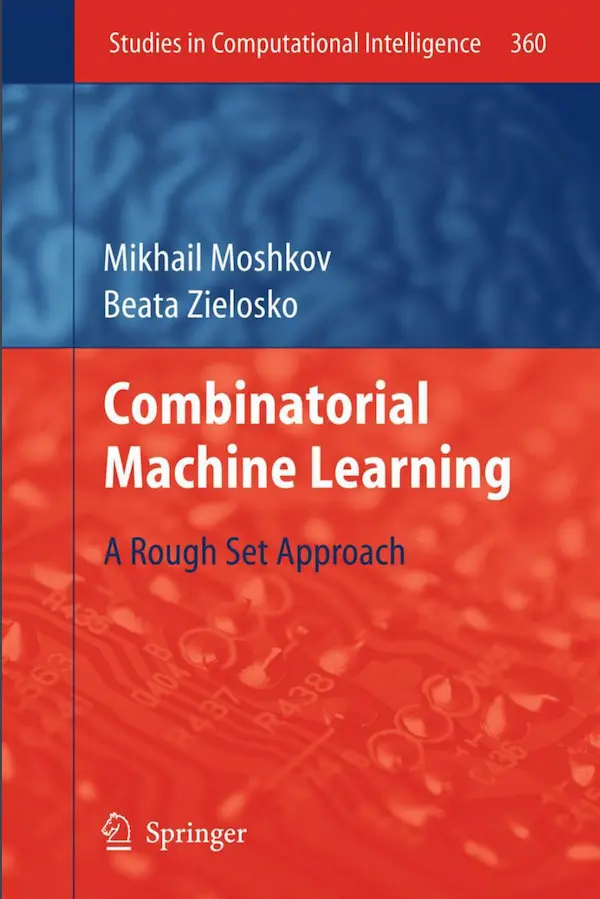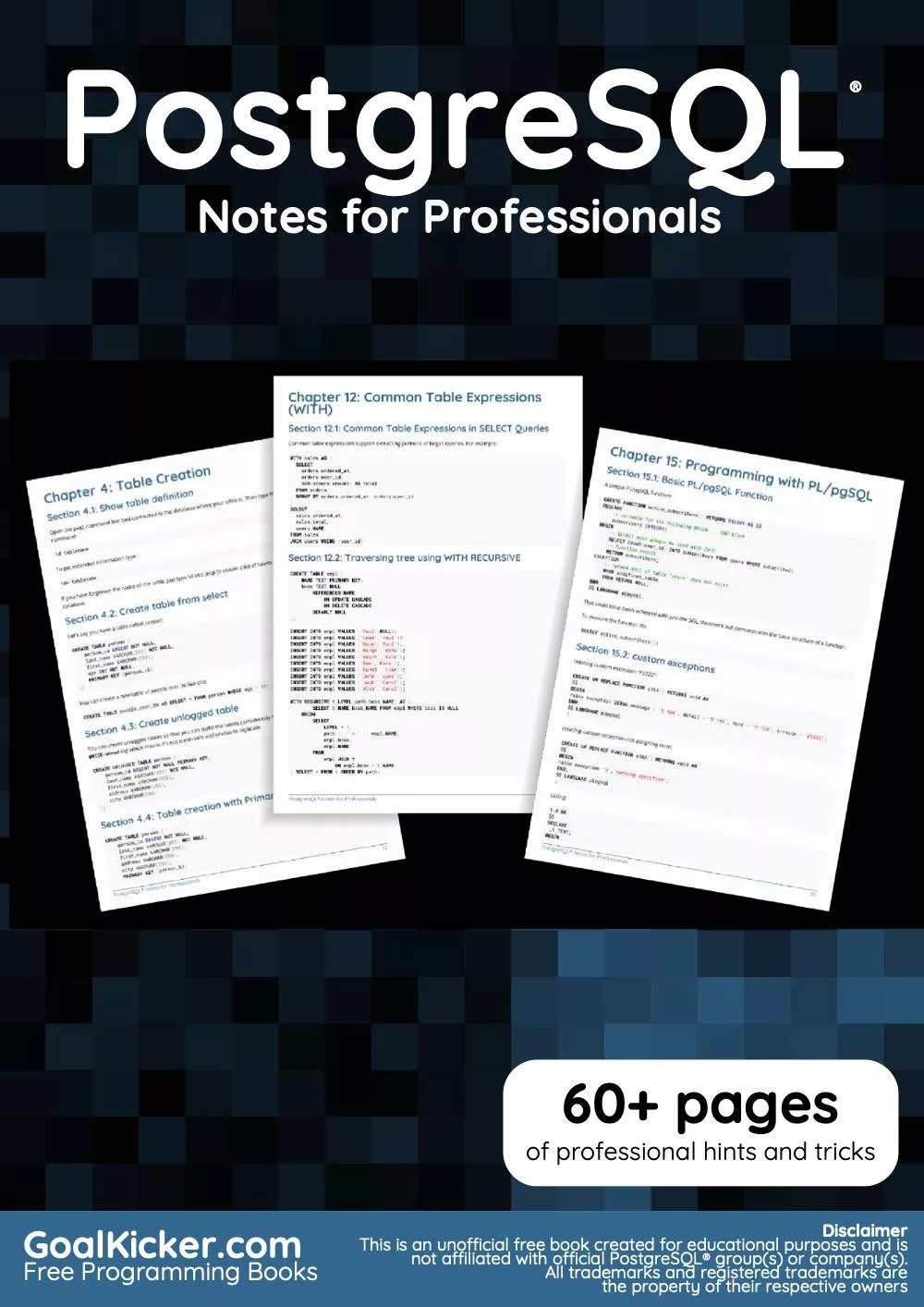
Recent advances in Information and Communication Technologies (ICT) have increased the computational power of computers, while at the same time, various mobile devices are embedded in them. The combination of the two leads to an enormous increase in the extent and complexity of data generation, storage, and sharing. “Big data” is the term commonly used to describe data so extensive and complex that they may overwhelm their user, overload him/her with information, and eventually, frustrate him/her. YouTube for example, has more than 1 billion unique visitors each month, uploading 72 hours of video every minute! It would be extremely difficult for a user of YouTube to retrieve the content he/she is really interested in unless some help is provided.
Similar difficulties arise with all types of multimedia data, such as audio, image, video, animation, graphics, and text. Thus, innovative methods to address the problem of extensive and complex data are expected to prove useful in many and diverse data management applications.
In order to reduce the risk of information overload of users, recommender system research and development aims at providing ways of individualizing the content returned to a user via attempts to understand the user’s needs and interests. Specific recommender systems have proven useful in assisting users in selecting books, music, movies, clothes, and content of various other forms.
At the core of recommender systems lie machine learning algorithms, which monitor the actions of a recommender system user and learn about his/her needs and interests. The fundamental idea is that a user provides directly or indirectly examples of content he/she likes (“positive examples”) and examples of content he/she dislikes (“negative examples”) and the machine learning module seeks and recommends content “similar” to what the user likes and avoids recommending content “similar” to what the user dislikes. This idea sounds intuitively correct and has, indeed, led to useful recommender systems. Unfortunately, users may be willing to provide examples of content they like, but are very hesitant when asked to provide examples of content they dislike. Recommender systems built on the assumption of availability of both positive and negative examples do not perform well when negative examples are rare.
It is exactly this problem that the authors have tackled in their book. They collect results from their own recently-published research and propose an innovative approach to designing recommender systems in which only positive examples are made available by the user. Their approach is based on one-class classification methodologies in recent machine learning research.
The blending of recommender systems and one-class classification seems to be providing a new very fertile field for research, innovation, and development. I believe the authors have done a good job addressing the book topic. I consider the book at hand particularly timely and expect that it will prove very useful to researchers, practitioners, and graduate students dealing with problems of extensive and complex data.
Similar difficulties arise with all types of multimedia data, such as audio, image, video, animation, graphics, and text. Thus, innovative methods to address the problem of extensive and complex data are expected to prove useful in many and diverse data management applications.
In order to reduce the risk of information overload of users, recommender system research and development aims at providing ways of individualizing the content returned to a user via attempts to understand the user’s needs and interests. Specific recommender systems have proven useful in assisting users in selecting books, music, movies, clothes, and content of various other forms.
At the core of recommender systems lie machine learning algorithms, which monitor the actions of a recommender system user and learn about his/her needs and interests. The fundamental idea is that a user provides directly or indirectly examples of content he/she likes (“positive examples”) and examples of content he/she dislikes (“negative examples”) and the machine learning module seeks and recommends content “similar” to what the user likes and avoids recommending content “similar” to what the user dislikes. This idea sounds intuitively correct and has, indeed, led to useful recommender systems. Unfortunately, users may be willing to provide examples of content they like, but are very hesitant when asked to provide examples of content they dislike. Recommender systems built on the assumption of availability of both positive and negative examples do not perform well when negative examples are rare.
It is exactly this problem that the authors have tackled in their book. They collect results from their own recently-published research and propose an innovative approach to designing recommender systems in which only positive examples are made available by the user. Their approach is based on one-class classification methodologies in recent machine learning research.
The blending of recommender systems and one-class classification seems to be providing a new very fertile field for research, innovation, and development. I believe the authors have done a good job addressing the book topic. I consider the book at hand particularly timely and expect that it will prove very useful to researchers, practitioners, and graduate students dealing with problems of extensive and complex data.






























